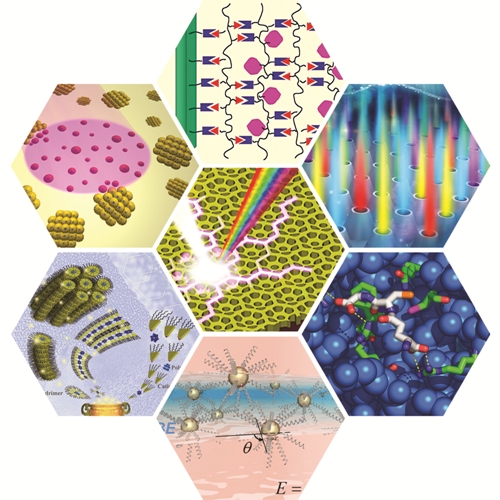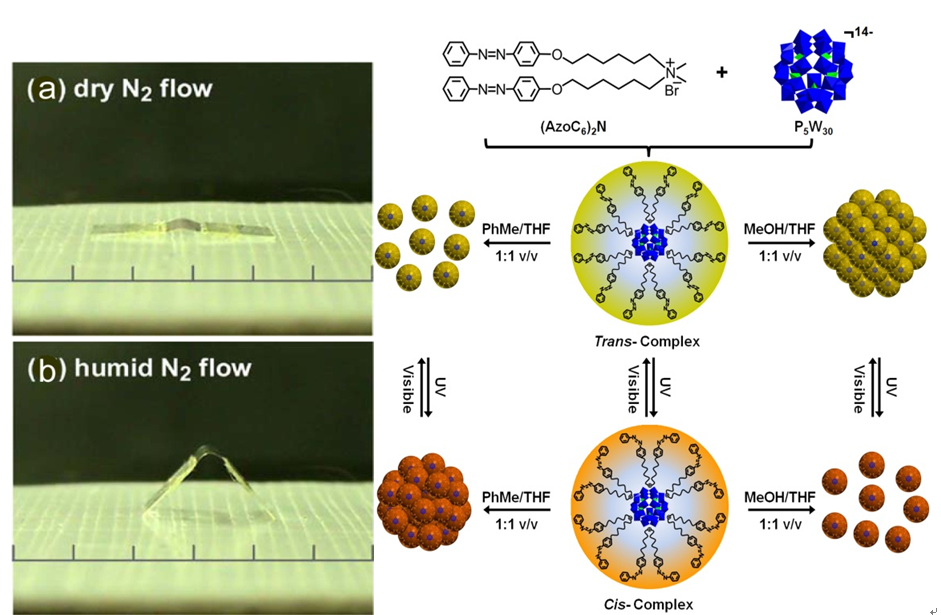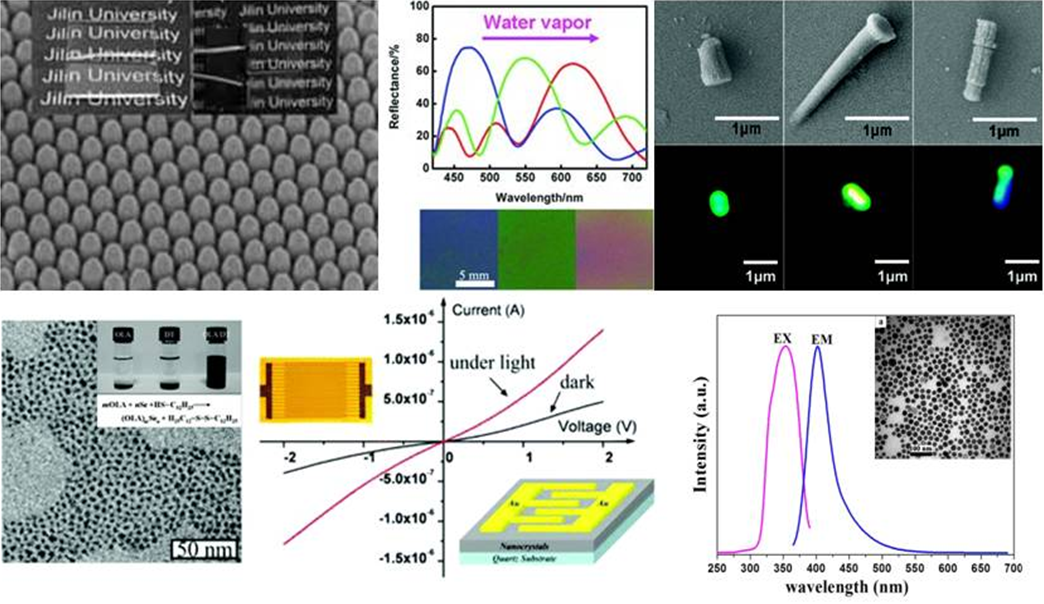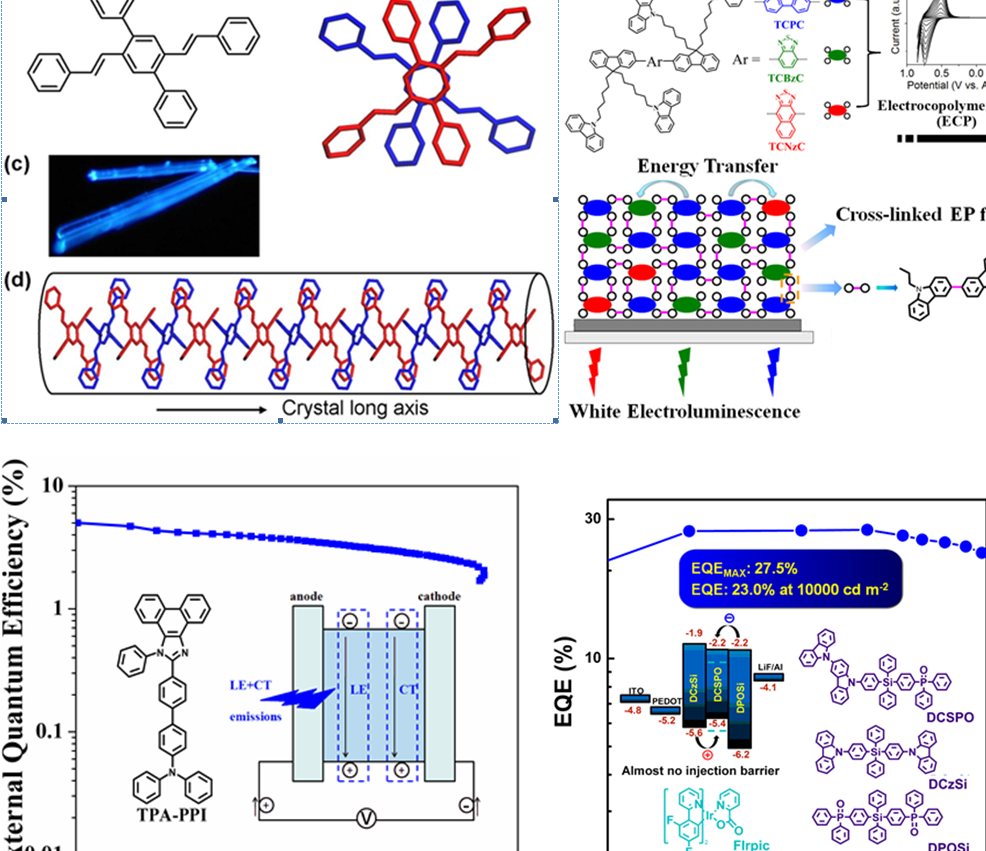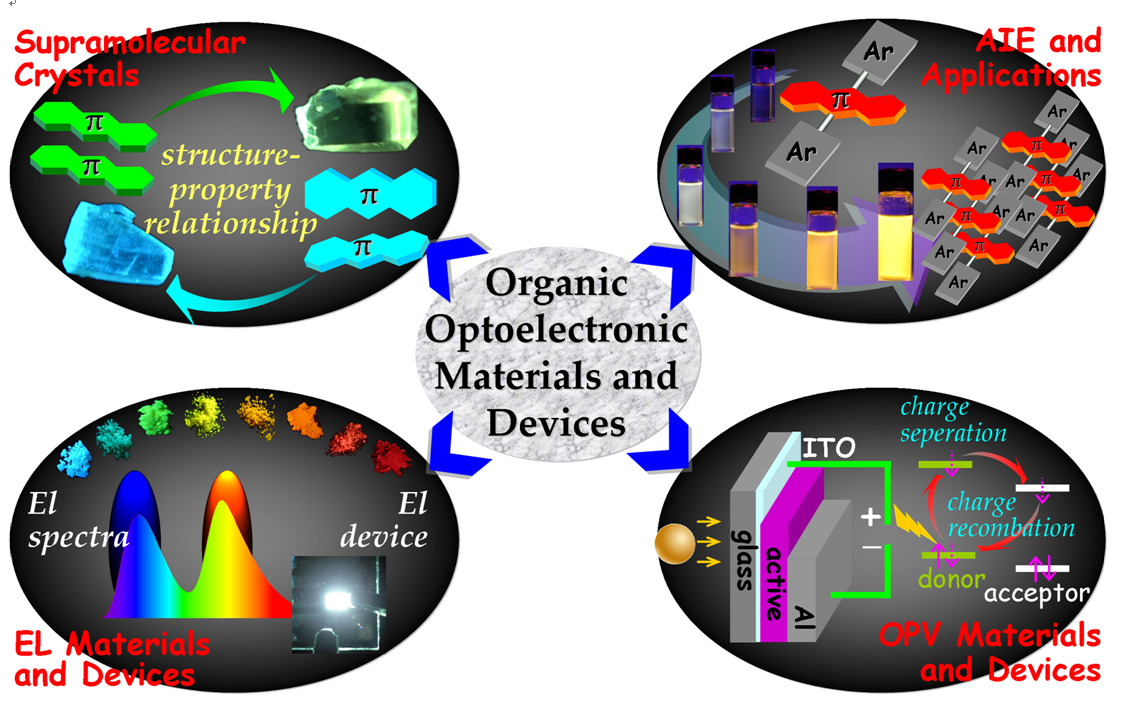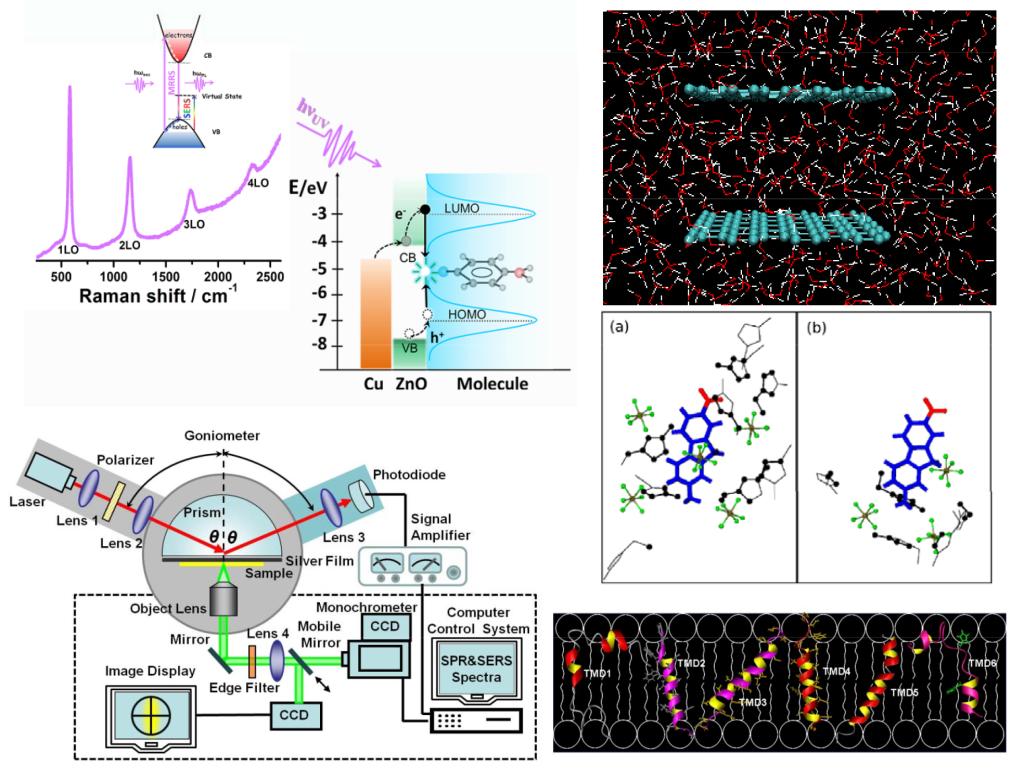The mission of SKLSSM is to conduct fundamental research in supramolecular chemistry, which refers to the chemistry beyond that of molecules and focuses on systems comprised of a discrete number of assembled molecular components brought together by intermolecular interactions. Supramolecular systems feature intelligent molecular designs leading to programmed self-assembly, dynamic reversibility and structural diversity. In agreement with the academic committee, our research goals are anchored on developing the following interdisciplinary keystones: (1) Supramolecular assemblies and their dynamics; (2) Supramolecular photo/electro-functional materials; (3) Biosupramolecular assemblies and (4) Spectroscopic studies and simulations of supramolecular assemblies. To date, SLKSSM has achieved significant advancements in the field of supramolecular chemistry, and has won 3 National Natural Science 2nd level awards, and the honorary title of Innovative Research Team by the National Natural Science Foundation of China.
